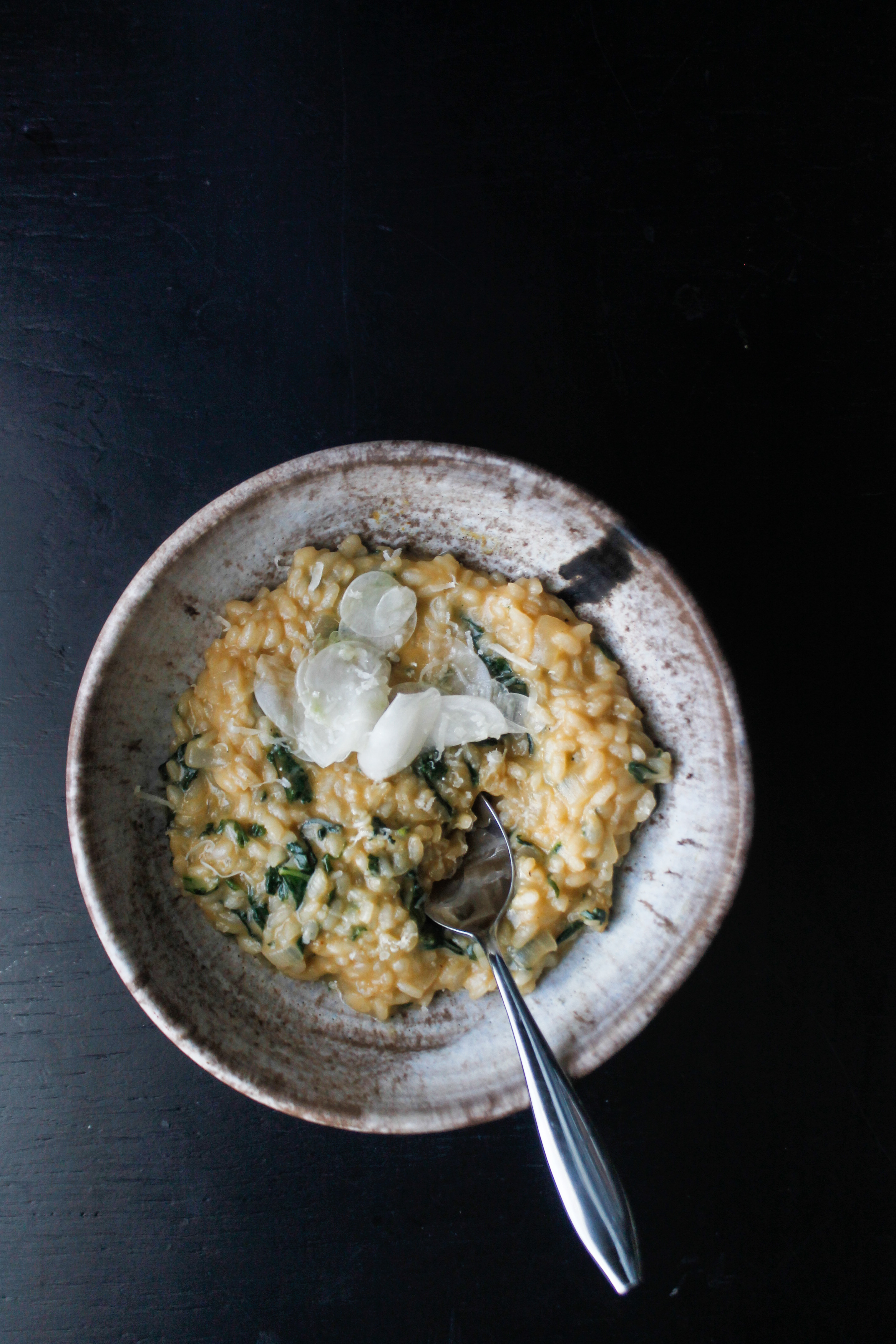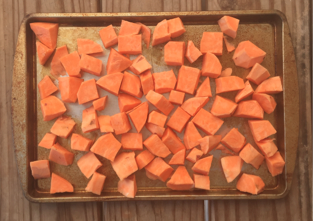“I suppose my generation is farther removed from food production than any other, just one more step down the path of the American food industry. More than our parents, we rely on foods that come out of shiny wrappers instead of peels or skins. It still surprises a girl like me, who actually lives on a real farm with real animals and stuff growing out of the ground, that so many young adults couldn’t guess where their food comes from, or when it’s in season where they live,” Camille Kingsolver, “Taking Local on the Road” from Animal, Vegetable, Miracle
Earlier this year, I read Barbara Kingsolver’s Animal, Vegetable, Miracle, a book that describes Kingsolver’s family’s endeavor to keep a small farm in Virginia, complete with chickens and turkeys, and to eat only foods grown in their county for a year. The book is filled with some trials, but mostly successes from Kingsolver’s family’s year in local eating. The book is also littered with colorful and informative essays from Kingsolver’s then-teenage daughter Camille. Continue reading



